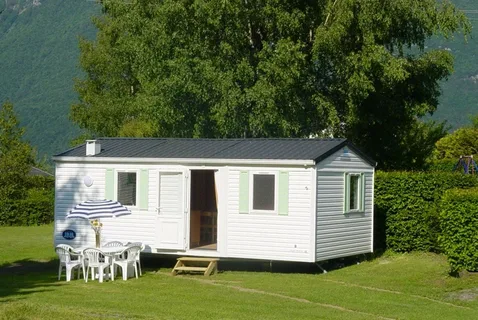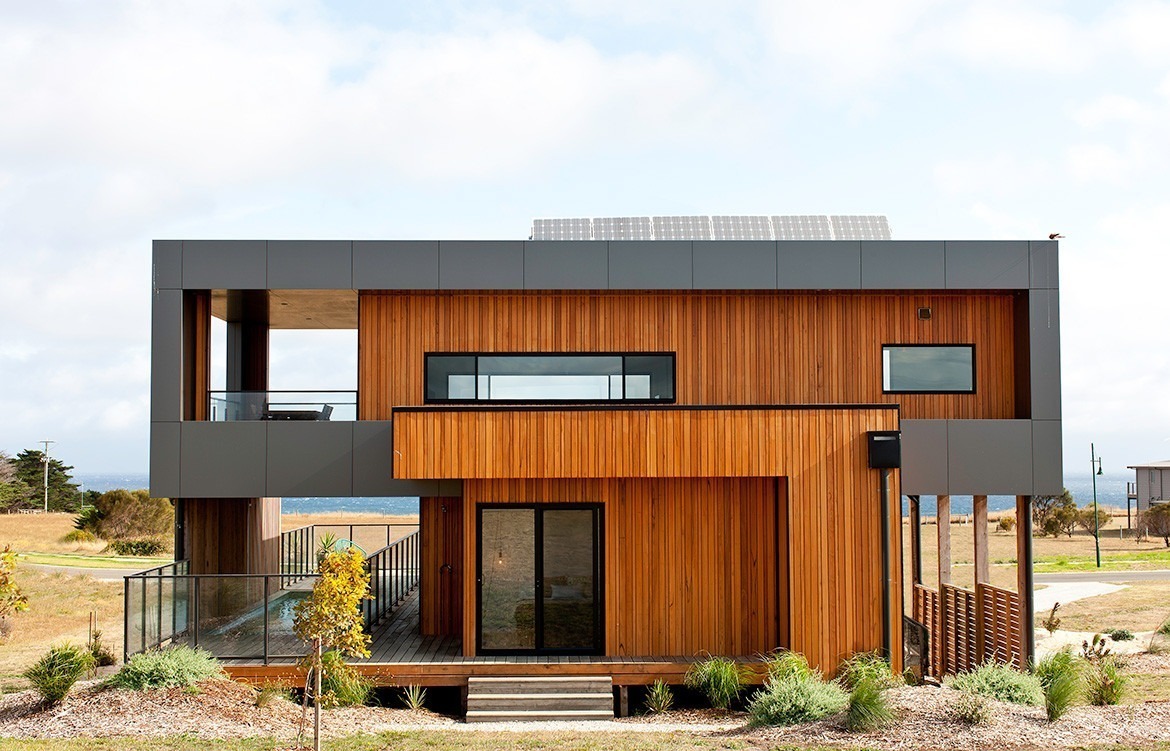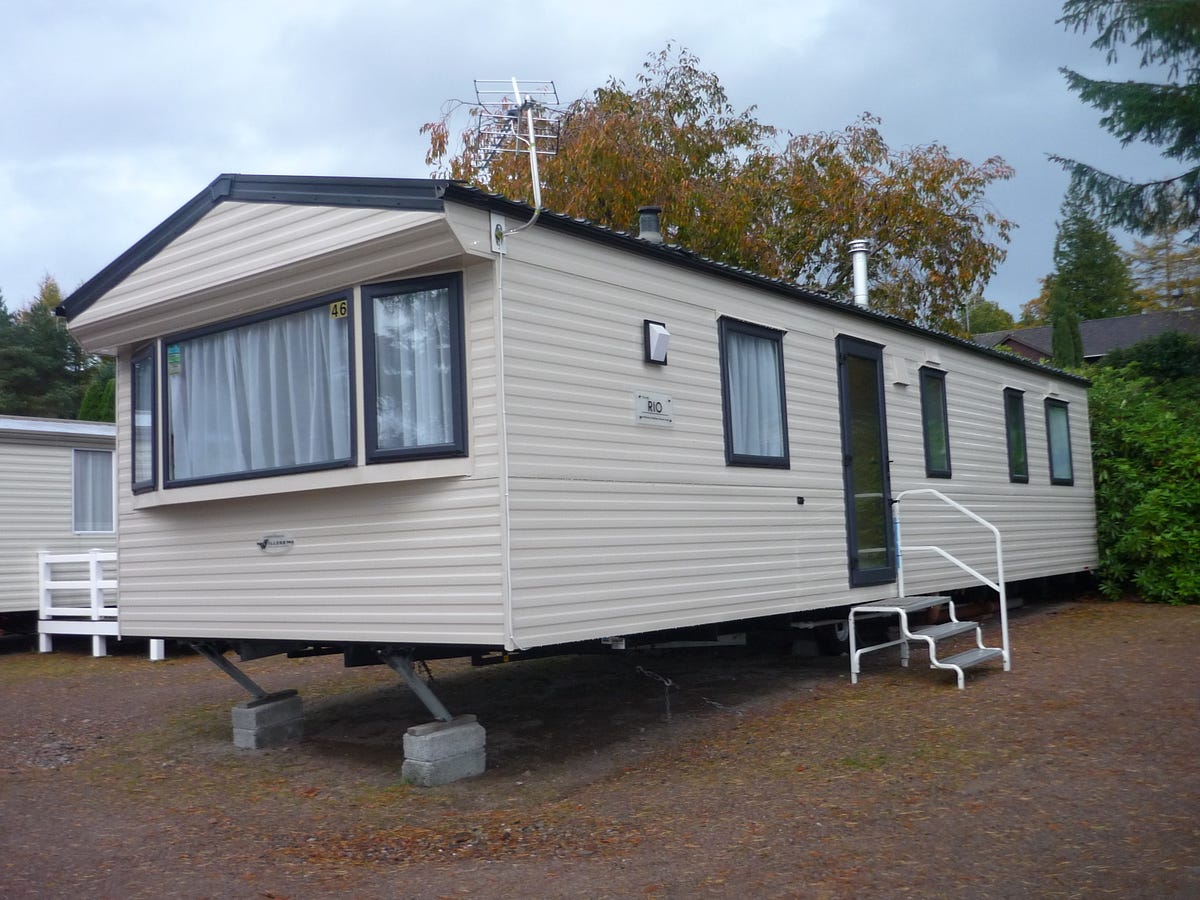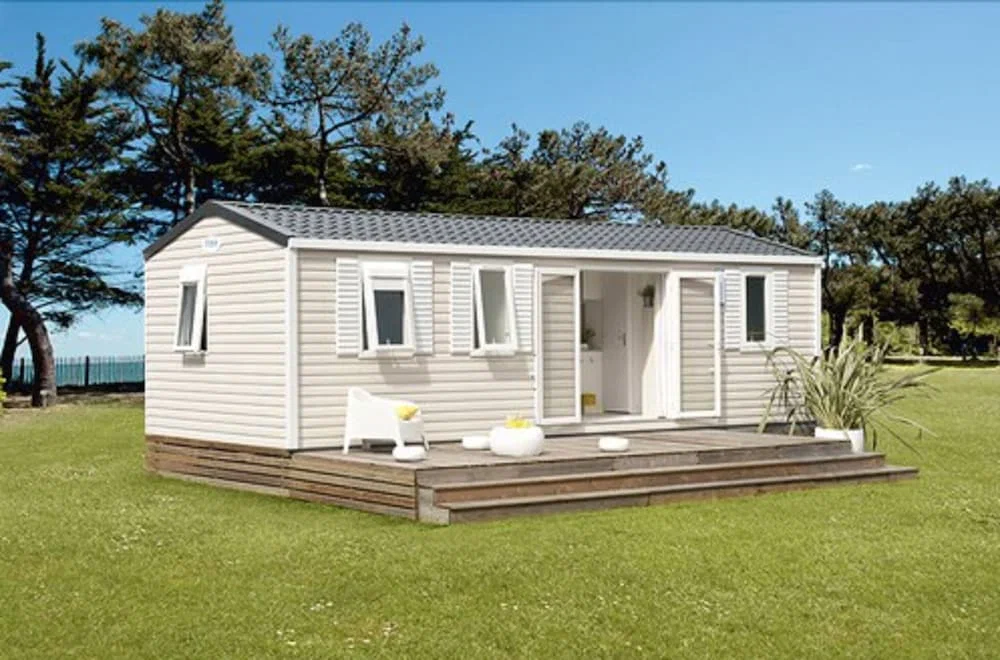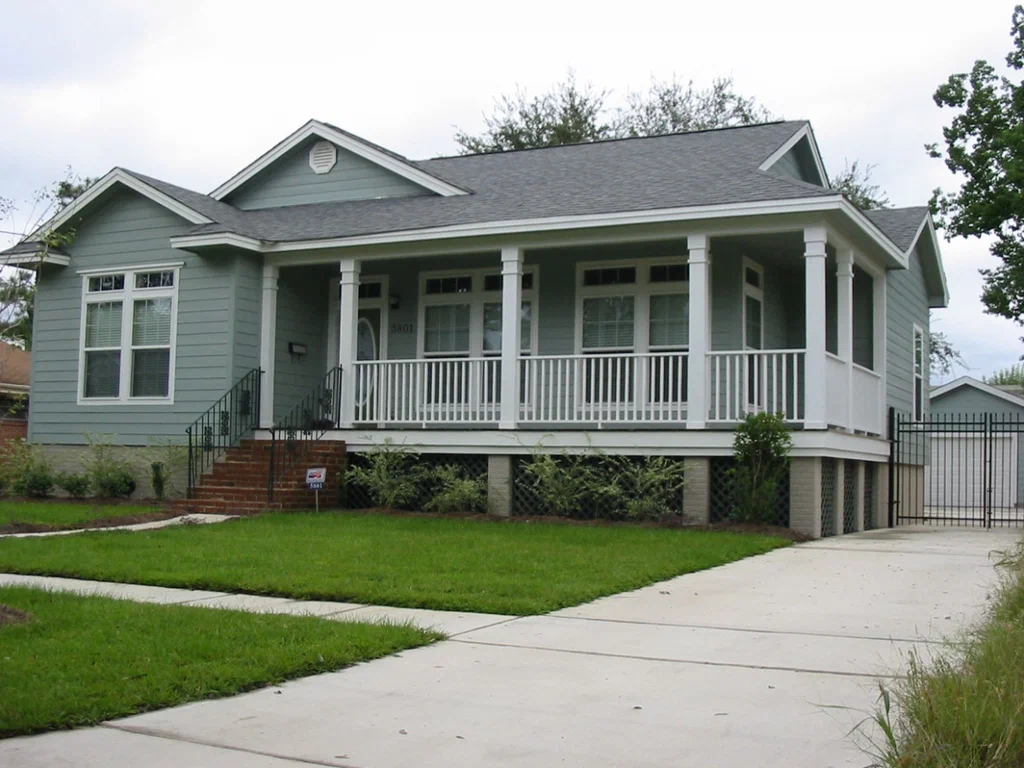When purchasing a newly constructed home, many buyers assume that everything will be flawless. After all, it’s a brand-new build, so what could go wrong? However, even new construction homes can have hidden defects, ranging from minor issues like improperly installed fixtures to more serious structural or safety concerns. This is where a home inspection comes in, providing peace of mind and protecting you from unexpected surprises. But is a home inspection on new construction truly worth the investment?
Yes, a home inspection for new construction is worth it because it can identify hidden defects or code violations that may not be visible at first glance. Although newly built homes are often thought to be perfect, issues like poor insulation, incorrect installation of exterior layers, and faulty wiring are common. The cost of a home inspection typically ranges from $300 to $600, depending on the home’s size and location, which is a small price to pay when compared to the average new home construction cost per square foot, ranging from $100 to $200. This inspection can save you from future costly repairs and ensure that your home is up to the highest standards.
Why You Need an Inspection for New Construction

While new homes are usually built with modern designs, up-to-date materials, and the latest technology, they are not immune to construction errors. Even with the best builders and contractors, mistakes happen during the construction process, especially in a large project involving multiple teams and subcontractors. These errors may not be noticeable during a casual walkthrough but can lead to significant issues after you’ve moved in.
Some of the most common problems that arise in new builds include:
- Structural Defects: Issues like cracks in the foundation or framing mistakes can affect the stability of the home.
- Poor Insulation or HVAC Installation: If the home isn’t properly insulated or the heating/cooling system is improperly installed, it can lead to inefficiency, higher utility bills, and discomfort.
- Exterior Issues: Problems with new home exterior layers, such as siding, roofing, and weatherproofing, can cause moisture intrusion or damage over time.
- Electrical and Plumbing Issues: Miswiring or improper pipe installations can cause safety hazards or water damage.
These are all problems a certified home inspector can identify before closing on the home, giving you leverage to ask the builder to fix them before the deal is finalized.
What Does a Home Inspection Cover in New Construction?
A home inspection for a newly built home is just as thorough as it is for an older property. Here’s what a typical inspection covers:
- Foundation and Structure: The inspector will check the foundation for cracks or uneven settling, as well as the framing and structural elements to ensure they meet local building codes.
- Roof and Exterior Layers: From the roof’s shingles to the walls’ siding, a detailed inspection of the new home exterior layers is crucial. Poorly installed exterior layers can lead to leaks, pest infestations, or weather damage over time.
- Electrical Systems: The inspector will examine the home’s wiring, outlets, and electrical panel to ensure everything is up to code and working safely.
- Plumbing: The water supply, drainage systems, and all plumbing fixtures will be inspected for proper installation and function, ensuring there are no leaks or water pressure issues.
- HVAC and Insulation: Ensuring that the heating, ventilation, and air conditioning systems are installed correctly is critical. The inspector will also check the insulation, particularly in the attic and walls, to make sure it is sufficient to keep the home energy-efficient.
- Windows and Doors: Inspectors ensure that windows and doors are properly installed and sealed, preventing drafts or water damage.
The Cost of a Home Inspection Compared to Construction Costs

When evaluating whether a home inspection is worth the cost, it’s essential to compare it to the overall new home construction cost per square foot. For example, if your new home is priced at $150 per square foot, and the home is 2,000 square feet, your total investment is approximately $300,000. Spending an additional $300 to $600 on an inspection is a minimal extra expense to ensure your $300,000 investment is safe and meets all quality and safety standards.
Additionally, catching even a single major issue, such as a faulty electrical panel or poorly installed insulation, can save you thousands of dollars in repairs or increased utility bills over time.
What to Do if Your Inspection Reveals Issues
If the inspection on your new construction reveals defects or issues, it doesn’t mean that the sale is off. Instead, it gives you leverage to negotiate with the builder. Most builders offer a warranty on new construction homes, typically covering structural and mechanical systems for a year or more. You can ask the builder to fix these problems before closing or provide compensation for future repairs.
Having documentation from a certified inspector can help ensure that the builder honors their warranty and addresses any issues promptly.
Conclusion: Don’t Skip the Inspection
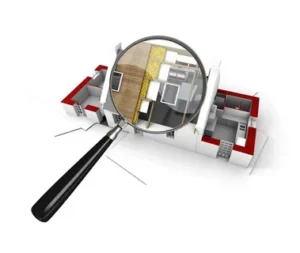
While it might be tempting to skip a home inspection on a new construction home, thinking it’s brand new and perfect, that’s a risk no homebuyer should take. Issues can and do occur, and an inspection offers peace of mind that everything is as it should be. For a relatively low cost—compared to the overall cost per square foot of new construction—an inspection can save you from potentially huge future expenses and ensure that your new home is as solid as you expect it to be.
In short, a home inspection on new construction is not just worth it, it’s essential to protecting your investment.


